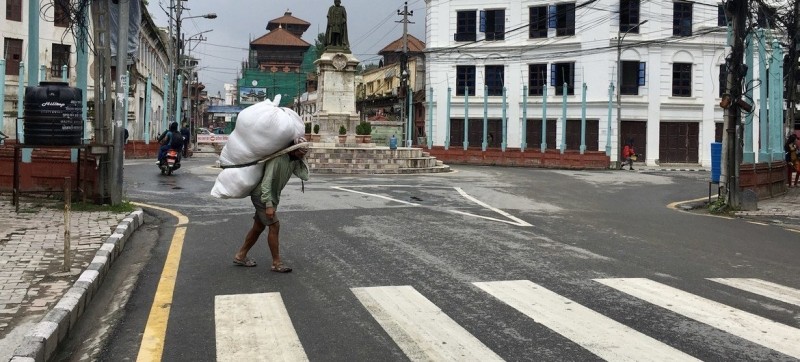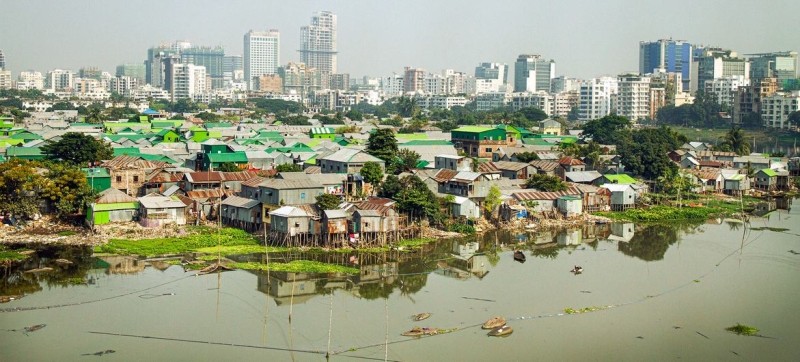
UN News Vibhu Mishra A daily-wage earner carrying goods on his back at a market in Kathmandu, Nepal.
Addressing a high-level meeting of the General Assembly on debt sustainability, António Guterres outlined the crippling impact of debt on developing economies.
“No example of the international financial architecture’s failure is more glaring than its handling of debt. The last four years have been nothing short of a debt disaster,” he said.
He noted that the burden of servicing external debt leaves many countries with little to invest in their own people.
Startling figures
According to UN figures, in 2023, global public debt reached $313 trillion, with the situation particularly alarming in developing economies.
Over a fifth of the tax revenue in 25 developing countries went towards servicing external debt, while extremely high borrowing costs left countries with about 3.3 billion people in total – around 40 per cent of the global population – spending more on interest payments than on health or education initiatives.
“Instead of a safety net, developing countries are faced with an outdated, dysfunctional, unjust system that isn’t meeting their needs,” he added.
Convened by the President of the General Assembly, the debate on debt sustainability and socioeconomic equality for all, marked the first high-level discussion as part of the world body’s first ever Sustainability Week.
Other highlights include dedicated discussions on sustainable transport, tourism and energy.

© UN-Habitat/Kirsten Milhahn An informal settlement in Bangladesh's capital, Dhaka.
Worsening inequalities
Also addressing the General Assembly, Dennis Francis, President of the body’s 78th session, emphasized the worsening inequalities between richer and poorer nations.
“By 2030, an estimated 600 million people will still remain impoverished – indicative of the glacial pace of ‘progress’ that falls far short of our SDG goals,” he said, noting that 10 per cent of the world’s population owns 76 per cent of the global wealth.
And while, the world is on track to see its first trillionaire by 2030, it will take another 229 years to eradicate poverty.
If nothing is done to correct this situation, they will literally be left behind, denied from enjoying the fruits of development
– Assembly President Francis
“It is clear that the gap between the wealthy North and the Developing South is widening, increasingly limiting the life chances of people living there,” he said.
He outlined the impact of such disparities on youth, women, persons with disabilities and those living in rural areas.
“If nothing is done to correct this situation, they will literally be left behind, denied from enjoying the fruits of development and ignored. Clearly, this is neither acceptable nor sustainable,” Mr. Francis warned.
Need for lifeline
Secretary-General Guterres underscored the need for a lifeline so developing countries can pull themselves out of the “quicksand of debt”.
He said the SDG Stimulus programme which he proposed last February, must now be brought “to life”.
The Stimulus aims to secure $500 billion annually in extra financing from the world’s most developed nations, to meet the 2030 Agenda for Sustainable Development.
“We must dramatically scale-up affordable, long-term financing, primarily through Multilateral Development Banks (MDBs),” he said, also urging global creditors to explore “debt pauses” for vulnerable countries and for international financial institutions to help them restructure their debt.
Reforms needed
Alongside, the global financial architecture requires “wholesale reform”, he said, notably their approach to debt.
This included enhancing debt transparency, scaling-up lending in local currencies and developing new debt instruments.
“Above all, we must increase developing countries’ representation across the system and every decision that is made. They need a seat at the table. They deserve a seat at the table,” Mr. Guterres said.

